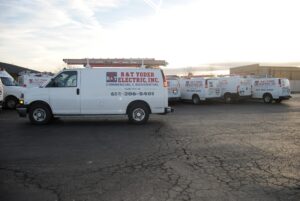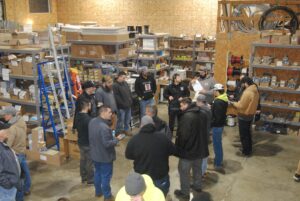
When installing your hot tub, prioritize safety. Turn off power and wear protective gear. Follow manufacturer instructions. Use insulated tools and secure connections. Check voltage and amperage specs. Assess panel capabilities and wiring distance. Plan an efficient layout ensuring wire capacity. Install a GFCI breaker correctly. Test by filling tub, powering on, and checking all functions. Use a multimeter for voltage. Ensure GFCI breaker works. Your hot tub’s electrical setup is crucial, ensuring safety and optimal performance.
Safety Precautions
Before beginning the installation of your hot tub, it is crucial to adhere to specific safety precautions to ensure the process is carried out safely and efficiently. First and foremost, always turn off the power supply to the area where you will be working. This prevents the risk of electric shock and ensures your safety during the installation. Additionally, make sure to wear appropriate personal protective equipment such as gloves and safety goggles to protect yourself from any potential hazards.
When handling electrical components, follow all manufacturer’s instructions carefully. Improper installation can lead to malfunctions, electrical fires, or damage to your hot tub. It is essential to use insulated tools to prevent any accidental contact with live wires. Moreover, never attempt to modify electrical components unless you are a qualified electrician.
Lastly, ensure that all electrical connections are secure and waterproof to prevent any water damage or electrical hazards. By following these safety precautions diligently, you can guarantee a safe and successful installation of your hot tub.
Assessing Electrical Requirements
To properly assess the electrical requirements for your hot tub installation, consult the manufacturer’s specifications and guidelines. These will outline the necessary voltage, amperage, and wiring specifications needed for your specific hot tub model. Voltage requirements typically range from 120V to 240V, while amperage can vary depending on the size and features of the hot tub. It is crucial to ensure that your electrical panel can support the voltage and amperage needs of the hot tub to prevent any electrical hazards or malfunctions.
Additionally, consider the location of your hot tub concerning the electrical source. The distance from the electrical panel to the hot tub will impact the wiring requirements and potential costs. If the wiring distance is significant, you may need to install a sub-panel closer to the hot tub to meet electrical code requirements and ensure safety.
Planning the Wiring Layout
Assess the location of your hot tub in relation to the electrical source to determine the most efficient wiring layout for installation. Consider the distance from the main electrical panel to the hot tub and plan a route that minimizes the length of wire needed while ensuring all safety regulations are met. The wiring layout should follow a direct path, avoiding sharp bends or tight corners that could potentially damage the wires or cause issues with the electrical connection.
Additionally, take into account the ampacity of the circuit required for the hot tub. Ensure the wiring layout can accommodate the specific electrical requirements of the hot tub model you have. It is crucial to use the appropriate gauge of wire to handle the load without overheating or causing a voltage drop. Planning the wiring layout meticulously will help prevent future electrical problems and ensure a safe and efficient installation process.
Installing the GFCI Breaker
When installing the GFCI breaker for your hot tub, ensure the electrical panel is powered off to guarantee safety during the installation process. The GFCI breaker is a crucial component as it helps prevent electrical shocks and hazards by quickly cutting off power if it detects any imbalance in the electrical current. To start, locate an available slot in your electrical panel and carefully follow the manufacturer’s instructions for installing the GFCI breaker. Make sure the breaker is compatible with your hot tub’s electrical requirements and amperage. Next, turn off the main power switch to the electrical panel to avoid any accidents during installation. Once the power is off, remove the panel cover and install the GFCI breaker according to the provided guidelines. Double-check all connections to ensure they are secure and correctly placed. After the installation is complete, securely fasten the panel cover back in place before restoring power and proceeding with the next steps in connecting your hot tub.
Testing the Hot Tub Connection
Ensure all electrical connections are secure before proceeding with testing the hot tub connection. Once everything is properly connected, it is crucial to conduct a series of tests to ensure the hot tub operates safely and efficiently. Start by filling the hot tub with water to the recommended level, making sure the water covers all the jets. After the tub is filled, turn on the power at the breaker box. Check that the control panel lights up and displays the correct information. Test each function of the hot tub, including the jets, lights, and heater, to verify they are working correctly. Use a multimeter to check the voltage at the hot tub terminals and ensure it matches the manufacturer’s specifications. Additionally, inspect the GFCI breaker to confirm it trips when tested. Finally, carefully examine all electrical components for any signs of overheating or damage. If everything checks out, your hot tub connection is ready for use.










